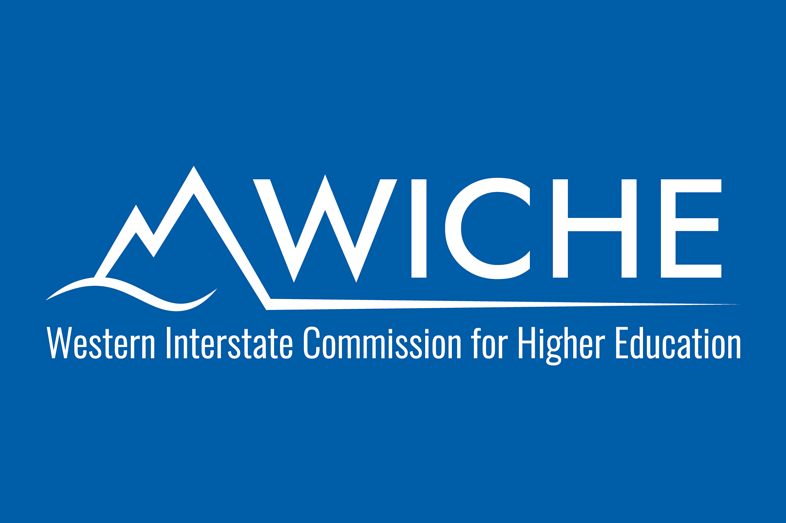
Regional Trend Showing Tuition and Fees Remain Steady as State Financial Aid Increases
Regional Trend Showing Tuition and Fees Remain Steady as State Financial Aid Increases

Regional Trend Showing Tuition and Fees Remain Steady as State Financial Aid Increases
BOULDER, Colo. – The most recent data on tuition, appropriations, and state grant aid present an economic outlook that appears favorable in the West, according to a brief released by the Western Interstate Commission for Higher Education (WICHE).
Tuition and Fees, Appropriations, and Financial Aid in the West, 2022-23: Trends and Implications, produced annually by WICHE’s Policy Analysis and Research unit as part of its WICHE Insights policy brief series, analyzes results of its annual survey on tuition and fees in the West, as well as trends in state appropriations and state financial aid.
Each spring, WICHE collects tuition and fees data from the 350-plus public colleges and universities in its region, which includes 15 Western U.S. states and the U.S. Pacific Territories and Freely Associated States, and then publishes these data by institution, sector, state, and region for resident/nonresident undergraduate and graduate rates in its comprehensive Tuition and Fees brief and online interactive dashboard.
Overall, the brief highlights a positive trend in state higher education finance as most postsecondary institutions in the WICHE region reported minimal tuition rate changes along with increases in state appropriations and financial aid over the past academic and fiscal years. Although most states increased state fiscal support over the past year, many higher education institutions and systems are facing rising costs and declining enrollments, presenting challenges in addressing affordability and meeting workforce needs. Key takeaways from the brief include:
Media Contact:
Melanie Sidwell, Director of Communications
Mobile: 303.834.5278 | msidwell@wiche.edu
About WICHE
Since 1953, the Western Interstate Commission for Higher Education has been strengthening higher education, workforce development, and behavioral health throughout the region. By promoting innovation, cooperation, resource sharing, and sound public policy, WICHE strengthens higher education’s contributions to the region’s social, economic, and civic life. WICHE members include Alaska, Arizona, California, Colorado, Hawai’i, Idaho, Montana, Nevada, New Mexico, North Dakota, Oregon, South Dakota, Utah, Washington, Wyoming, and the U.S. Pacific Territories and Freely Associated States. Visit www.wiche.edu.
This is a sponsored message and does not necessarily represent the views of the Education Writers Association, its board of directors, or its members. Want to see your release on the EWA site? Promote it with EWA.
Your post will be on the website shortly.
We will get back to you shortly